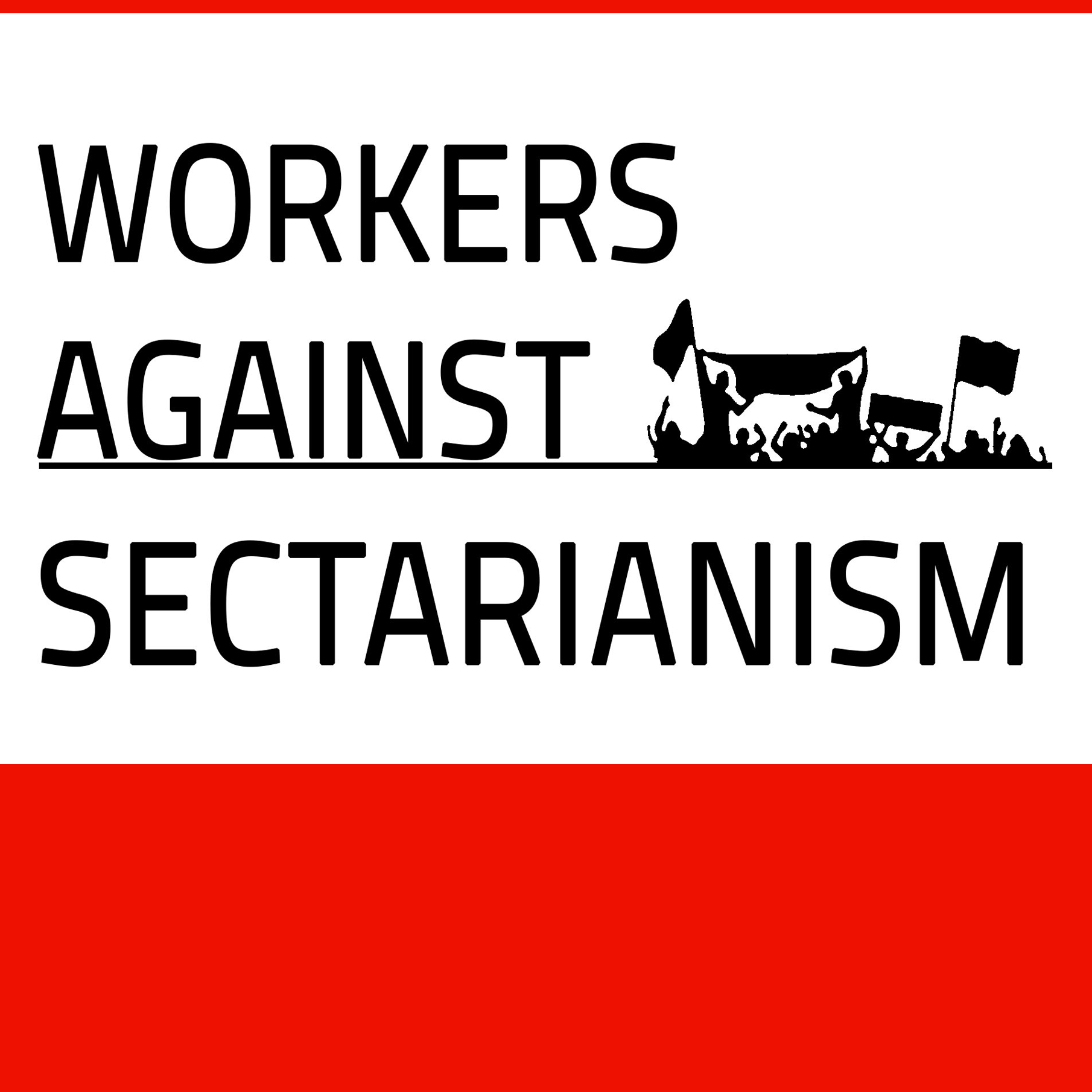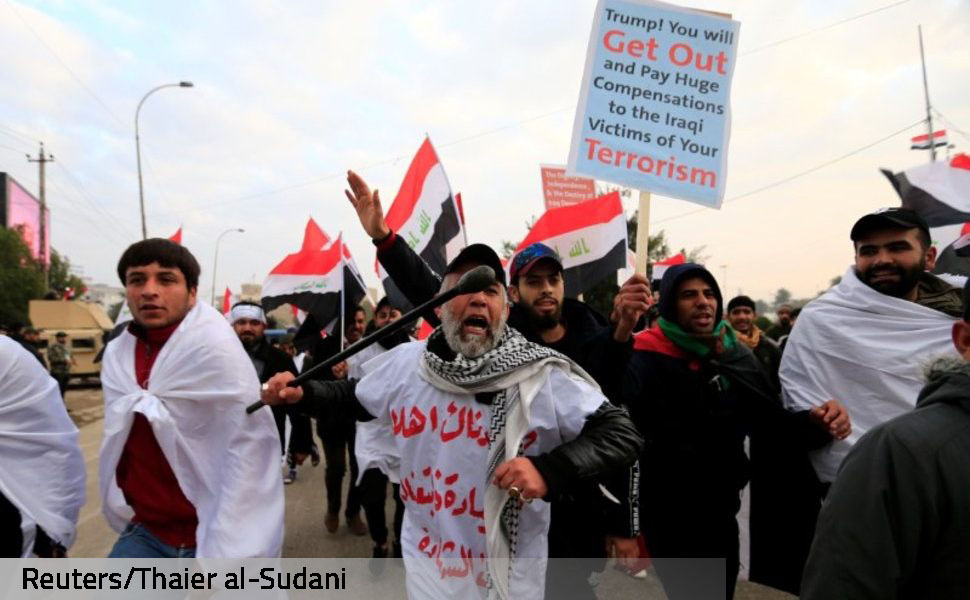AN INTERVIEW WITH
Schluwa Sama
Three young Iraqi women peer out from surgical masks and combat helmets. They appear to be in a war zone, perhaps working as medics or reporters. But this is no traditional war zone. These are the streets of Baghdad during the heady days of the 2019 uprising, and these young women are medics treating wounded revolutionaries, stricken by the bullets and tear gas of a violent counterrevolution.
From October 2019 until a coronavirus lockdown in March, Iraqi revolutionaries of predominantly working-class backgrounds defied state repression and conservative pressures to fill the squares of Iraq. Why did they risk so much violence to return to the streets again and again, even as support from the more privileged social classes began to fade?
For decades, the Iraqi working class has faced an unrelenting struggle against multiple forms of domination. British and American imperialism, and Iranian regional power, neoliberal economic restructuring, and a parasitic sectarian ruling elite have dispossessed and fractured Iraqi society. Iraqis currently face the most acute symptoms of a decaying global capitalist order.
But when we peel back the layers to reveal all the forces of oppression that confront Iraqi workers, we also find a powerful struggle to build a new world in the shell of the old. This revolutionary struggle must be understood and supported by leftists as a key node in the global fight against imperialism, capitalism, and authoritarian rule.
Read more about it from the source: left voice

 Nominating a new parliament speaker without any immediate solutions since last year, 2023.
Nominating a new parliament speaker without any immediate solutions since last year, 2023. On the memory of the genocide that the marshes were subjected to, who are the Ahwarians?
On the memory of the genocide that the marshes were subjected to, who are the Ahwarians? Muqtada al-Sadr’s militia attack the Green Zone in Baghdad
Muqtada al-Sadr’s militia attack the Green Zone in Baghdad The environmental activist Jassim al-Asadi, who seeks to protect the marshes in Iraq, has been kidnapped on 1/2/2023.wed
The environmental activist Jassim al-Asadi, who seeks to protect the marshes in Iraq, has been kidnapped on 1/2/2023.wed Working women in Iraq – the way to work is not safe
Working women in Iraq – the way to work is not safe Urgent: Total chaos inside Iraq, imposing a curfew, general closure of all government institutions, in addition to leaving most of the embassies of foreign countries in Baghdad.
Urgent: Total chaos inside Iraq, imposing a curfew, general closure of all government institutions, in addition to leaving most of the embassies of foreign countries in Baghdad.














